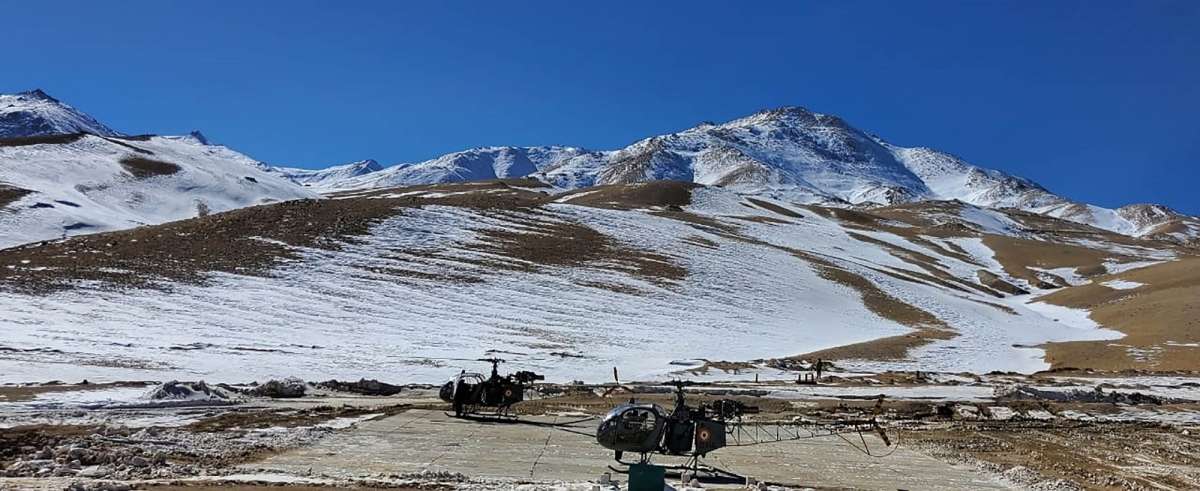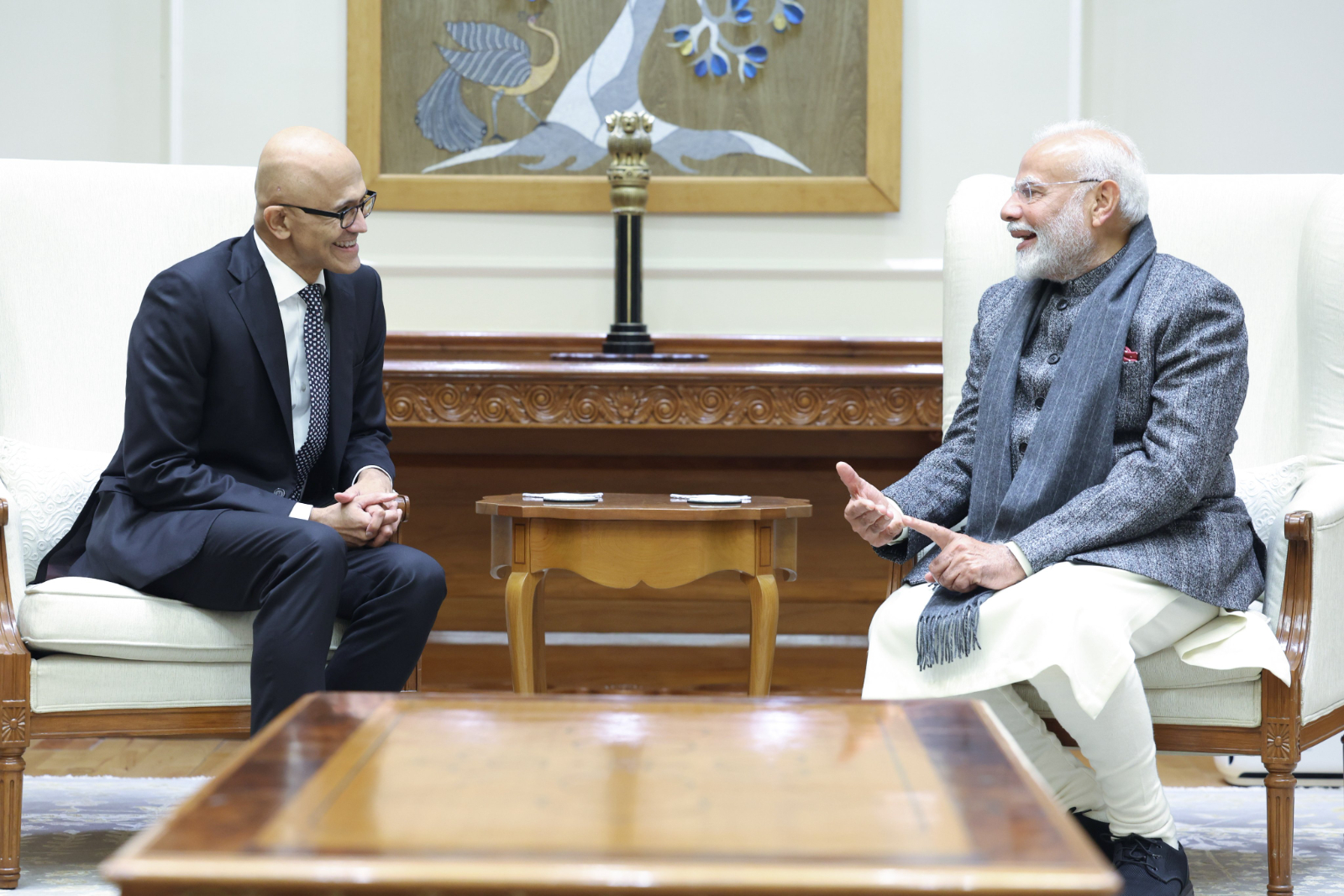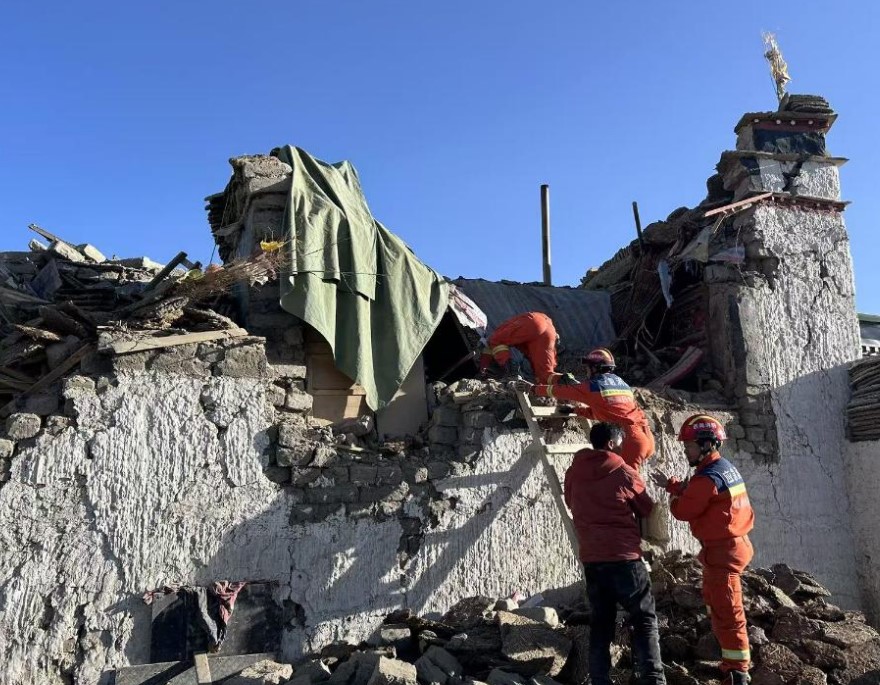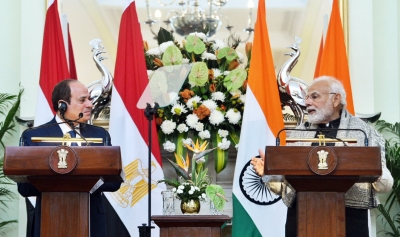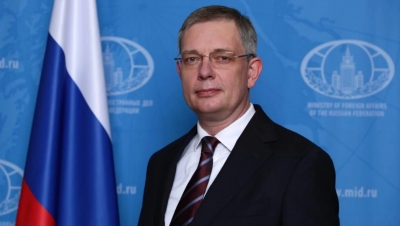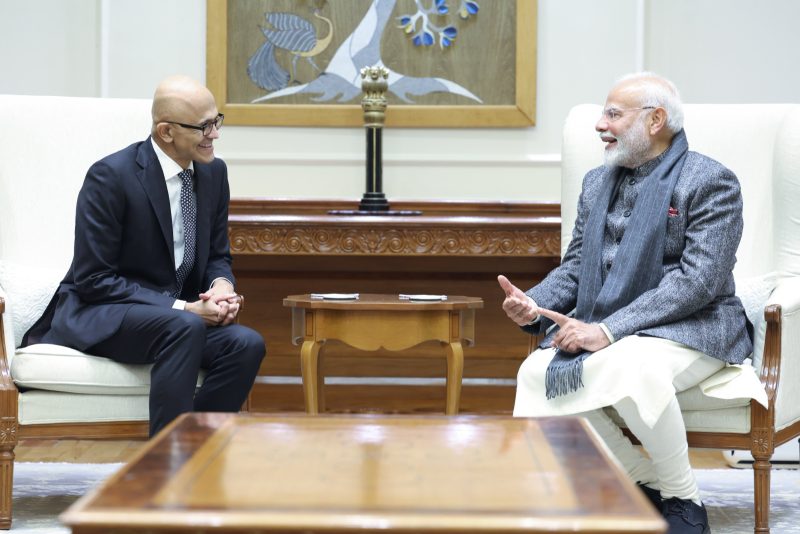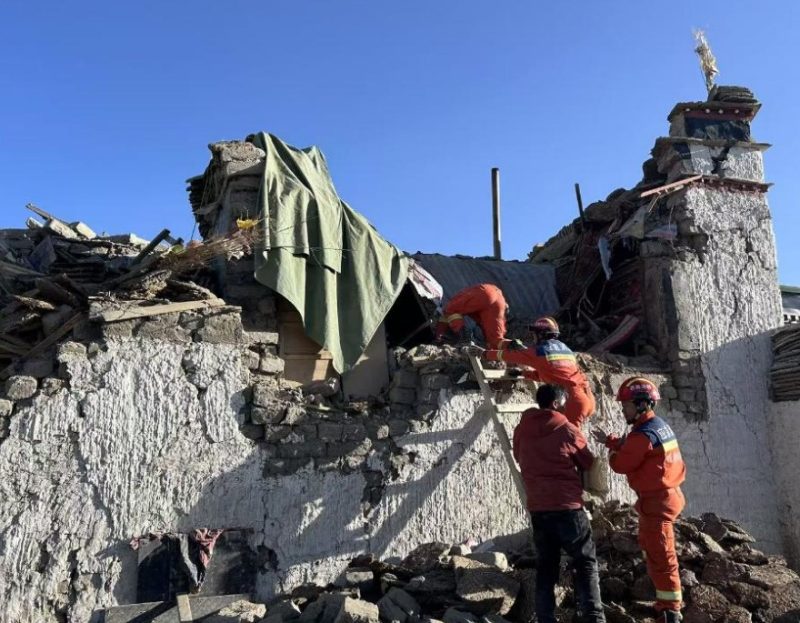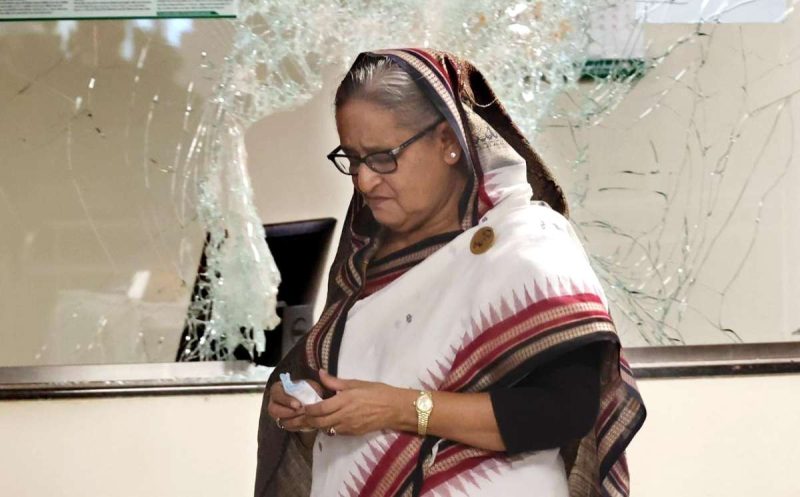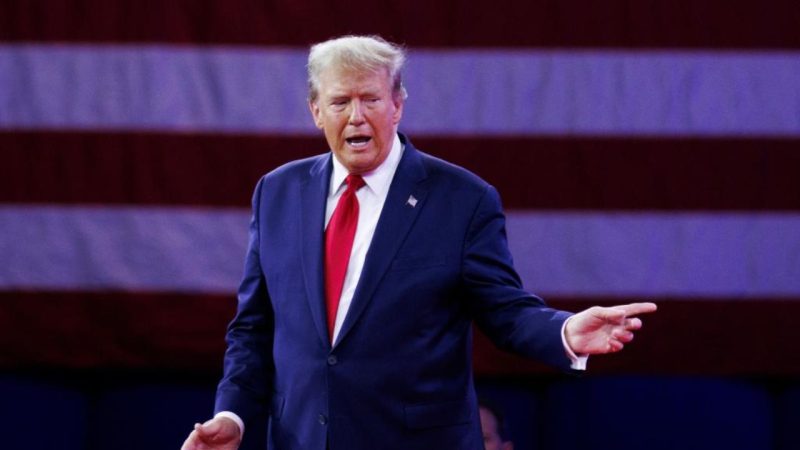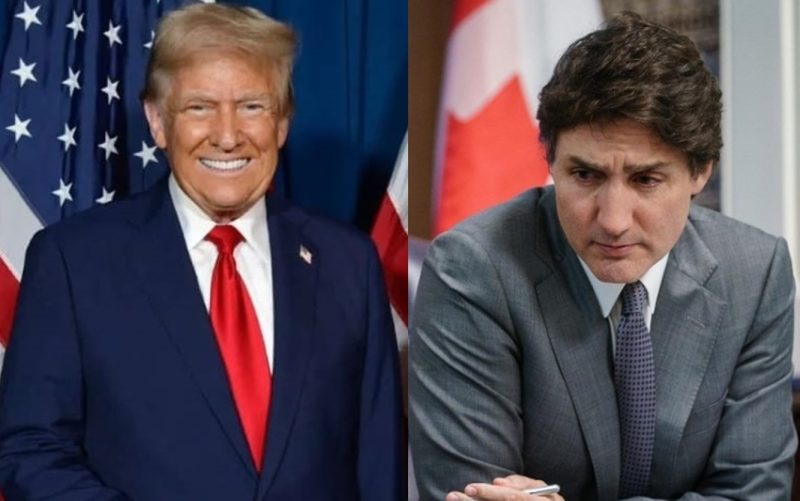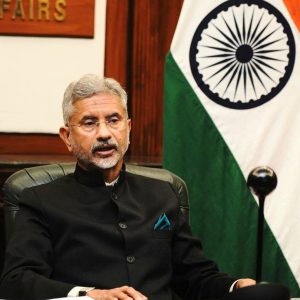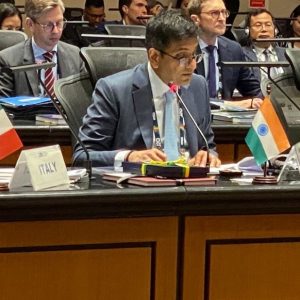Interestingly, it was almost a mirror reflection of the offer made by China in 1959, and suitably rejected by India….reports Asian Lite News
The cunning ploy of the Chinese army to impose on the Indian army a formula for disengagement of troops in eastern Ladakh that would have gone wholly in favour of China has been rejected by India.
The latest precondition of the Chinese army for disengagement in the Depsang Plains is that a buffer zone of about 20 km be created from the line which it now holds, which is already 18 km within Indian claim lines.
It was a treacherous action by the Chinese army to occupy disputed areas in eastern Ladakh in April 2020, in blatant violation of several bilateral protocols; taking advantage of the uncertain condition created by the Covid-19 pandemic.
The offer was reported to have been made by the Chinese army to the Indian army on April 23, 2023, in the 18th round of talks at the level of the corps commanders since the Galwan clash between troops of the two countries in June 2023.
On the face of it a fair proposal, but the catch is that this offer has been made soon after the Chinese army has already made deep inroads in territories claimed by India; thus pushing Indian troops further away from Indian claim lines and effectively keeping the disputed areas under the control of the Chinese army.
Interestingly, it was almost a mirror reflection of the offer made by China in 1959, and suitably rejected by India, after Indian protests following revelations of the construction of an all-weather road from Tibet to Xinjiang through territories claimed by India.
“The border disputes which have arisen should be settled amicably and peacefully,” Chinese Premier Zhou Enlie wrote to Prime Minister of India Jawaharlal Nehru on November 7, 1959.
“In order to maintain effectively the status quo of the border between the two countries, the Chinese government proposes that the armed forces of China and India each withdraw 20 km from the line up to which each side exercises actual control in the west and the two sides refrain from sending their armed personnel to patrol the zones from which they have evacuated their armed forces.”
The catch is simple. The offer was made after the Chinese army had already disturbed the status quo by moving deep into territories within the Indian side of the earlier Line of Actual Control.
The same offer was repeated by the Chinese government on October 24, 1962, when the Chinese army had already launched an unprovoked war against India and made further inroads.
The reply of Jawaharlal Nehru on November 14, 1962, to the Chinese offer made in two different dates should have been an eye-opener to Beijing.
“To advance a few hundred kilometres and then offer to withdraw 20 km is, as anybody can see, hardly a constructive proposal based on mutual accommodation,” Nehru wrote.
“What you call the 1959 ‘line of actual control’ was no line but a series of positions of Chinese forces on Indian territories in Ladakh progressively established since 1957 which forcibly and unilaterally altered the status quo of the boundary. Even this November 7, 1959, line of actual control is projected three years ahead to be identical with the line of actual control established by your forces since the massive attack on October 20, 1962.”
The Chinese offer of 2023 is almost similar.
An Indian official has been quoted to have said: “The Chinese army is already entrenched 18 km inside India-claimed lines and now wants a buffer zone of another 15 to 20 km. It is apparent that they are working aggressively to establish a revised status quo along the Line of Actual Control in the region.”

Now a further withdrawal of 20 km would practically put the strategic Depsang Plains out of reach of Indian troops. During the negotiations, India rejected the demand.
In a clear rejection of the Chinese offer, Chief of the Defence Staff of India General Anil Chauhan, too, said on May 30 that the Indian army wanted to patrol areas in the northern borders the way they were doing before 2020.
“We should be able to maintain the legitimacy of the claim line. We should be able to patrol the areas which we actually did, before the crisis happened in 2020,” he said.
Calling this demand “outrageous”, retired Indian army officials of senior ranks have pointed out that this would create a buffer zone of 30 to 40 km which was patrolled by Indian troops till May 2020 and up to a prominent landmark called “Y-Junction” since then.
If the slightest territorial concession was made to China, they would take advantage of the situation; first securing unoccupied areas in the territories of the opponent, then propose a buffer zone in an apparent bid to promote peace and bargain from a position of strength to impose on the opponent more loss of territory.
According to experts, Depsang is tactically and strategically one of the most important areas in eastern Ladakh and the Chinese army wants to prevent the Indian army from accessing this area. It is critical for the access of India to the Daulat Beg Oldi airstrip as well as the Karakoram region.
The newly built Durbuk-Shyok-DBO road is close by. Any shift in the line of actual control will put India in a disadvantage.
On the other hand, by pushing the LAC westward, China wants to further secure its Western Highway, the main link between the two restive provinces of Tibet and Xinjiang.
The Western Highway, a road across the eastern end of Aksai Chin, was built by China to secure the territories it had forcibly occupied, Tibet and Xinjiang.
To secure this strategic highway China has gradually started occupying the frontier region.
In fact, the so-called claim line of 1959 of China which Jawaharlal Nehru had correctly described as the result of a series of forward moves by Chinese troops since 1957 is a glaring instance of doublespeak in which the People’s Republic of China specialises.
China unveiled the 1959 claim line during five rounds of official level talks with India in 1960. Prior to that, in a letter to Jawaharlal Nehru on December 17, 1959, Zhou Enlie stated in unambiguous terms that “the Chinese map published in 1956 correctly shows the traditional boundary between the two countries in this sector”.
Significantly, the claim line of 1956 passed through Khurnak Fort in the Pangong Tso sector and left the Depsang Plains on the Indian side, while the claim line of 1960 was placed further west, passing through Sirijap in the Pangong Tso sector and claiming the Chip Chap valley in the Depsang Plains area as within China.
In the war of 1962, all these areas were occupied by Chinese troops.
Once again, China has been trying to impose on India the claim line of 1960 as its version of the Line of Actual Control, say analysts, and wants Indian troops to pull back further west of Y-Junction in Depsang Plains while Chinese troops pull back only to the Indian claim line.
In fact, it is eyeing for more. In the Pangong Tso sector Chinese troops are claiming territories up to Finger 4, which is further west of Sirijap.
Nehru wrote to Zhou Enlie correctly on November 16, 1959, that as an interim measure Indian troops should withdraw to the west of the international boundary as shown by Chinese maps in 1956 and Chinese troops “should withdraw their personnel to the east of the international boundary shown by India in its official maps”, places line Haji Langar and Lanak La up to which Indian patrols had been going till 1958.
“Since the two lines are separated by long distances, there should not be the slightest risk of border clashes between the forces on either side.”
On November 14, 1962, when the border war was raging, Nehru again wrote to Zhou that Chinese troops should go back to the Khurnak Fort line.
China is trying to advance deep into Indian territories west of its map of 1956 and then asking for troops of both sides to withdraw 20 km.
It is a crafty design of Beijing to create a demilitarised zone within territories claimed by India which it can occupy at its own disposal and push the boundary between the two countries in the Ladakh sector progressively westwards.


